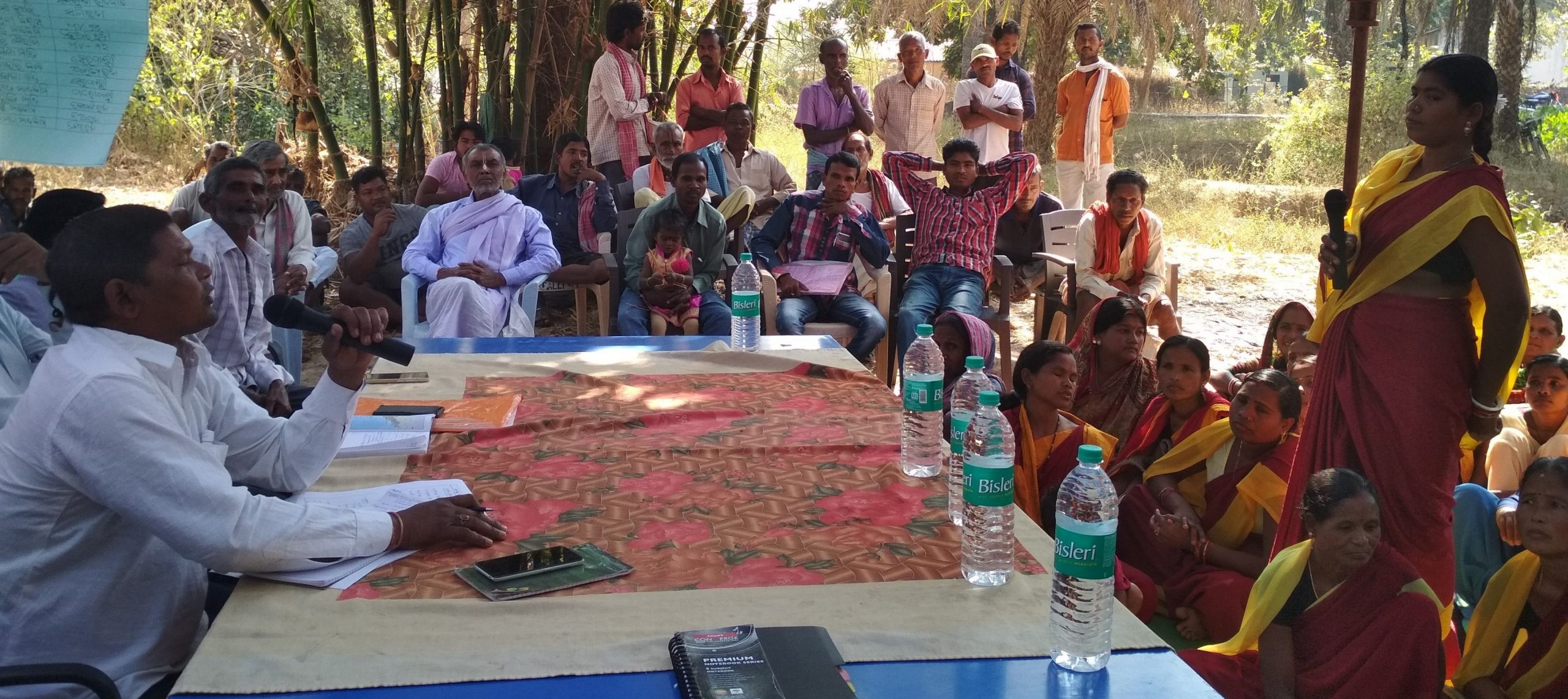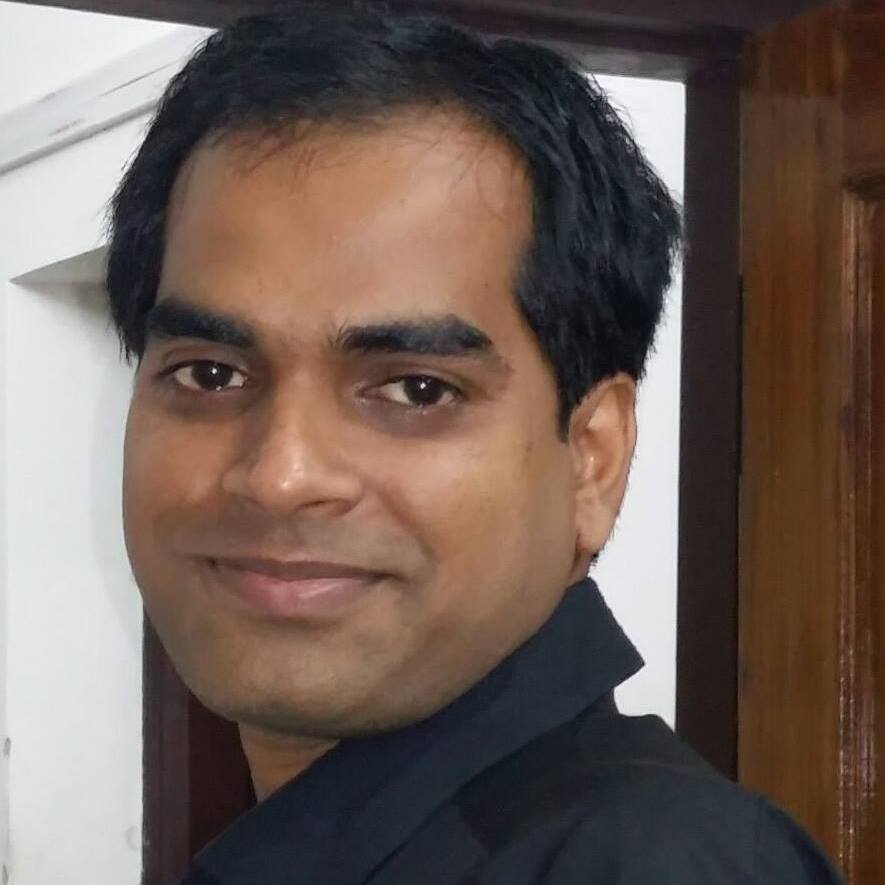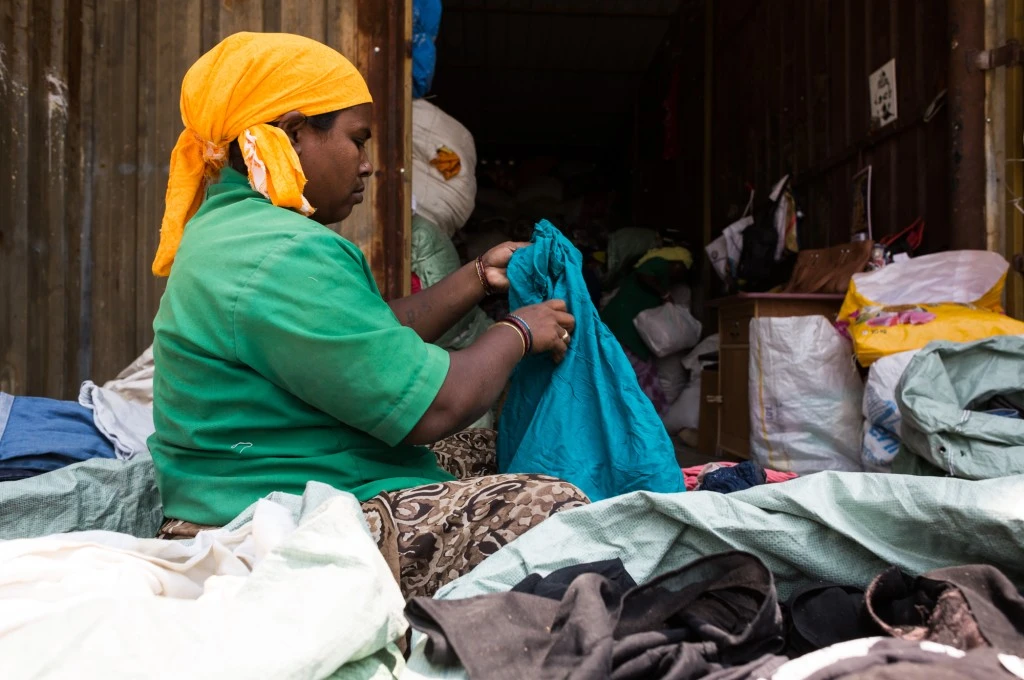‘Social audit’ has become a buzz word these days in both, the nonprofit and government sector. Flagship government programmes like the Mahatma Gandhi Rural Employment Guarantee Act (MGNREGA) and the National Food Security Act (NFSA) now include a social audit.
But the question remains—what is a social audit and why is it important?
Where did the term come from?
The term ‘social audit’ was first used in the early 1930s by Theodore Kreps, a professor at the Stanford Graduate School of Business, in relation to companies reporting on their social responsibilities. Later, in the 1960s, George Goyder published his book ‘The Responsible Company’, in which he linked the growing importance of social audits to the need for societies to exercise control over companies as they globalised.

Gradually, corporate entities started using the social audit as a tool for getting feedback on their contribution to society, and using that, in turn, to boost their standing in the market.
[quote]The idea was to assess the social, and not economic, consequences of their actions.[/quote]In the 1970s, trade unions and local government authorities in Europe and the US began conducting social audits to evaluate if or how setting up or closing down an industrial unit would impact jobs, the environment, and the community. The idea was to assess the social, and not economic, consequences of their actions.
This process of social auditing created a positive impact on governance, bringing into it the voices of all stakeholders, including those from poor and marginal groups who did not often get heard. It strengthened accountability and transparency at lower levels.
How did it come to India?
In India, the Tata Iron and Steel Company (TISCO) was one of the first organisations to undertake a social audit in 1979.
[quote]Involving communities increased awareness among the people about their entitlements and promoted collective responsibility.[/quote]Mazdoor Kishan Shakti Sangathan (MKSS) (a people’s organisation working to strengthen participatory democracy in the villages of central Rajasthan), is said to have started using the social audit as a tool to expose corruption in public works in 1994. Realising that corruption stemmed from secrecy in governance, MKSS campaigned for the right to information and held jansunwai (public hearings) by involving communities and inviting government officials. The process increased awareness among the people about their entitlements and promoted collective responsibility.

This was one of many efforts which ultimately led to the enactment of the Right to Information Act 2005 in India. The process of collecting and verifying government records, and presenting them before the public in a hearing to ascertain if the reported expenditure was carried out judiciously at the grassroots, was referred to as a social audit.
Related article: Power to the people—the journey of Panchayati Raj Institutions
Why social audits are essential
The social audit process is meant to create a conducive atmosphere for better and more consistent engagement between government officials, service providers, and the people whom government schemes and programmes are designed to serve. Here’s how that environment is created:
People served: Social audits give communities a voice, and by doing so transform them from beneficiaries to people with agency who understand and know how to make a demand for their entitlements. Additionally, by providing a platform where implementing authorities are held accountable to the people they serve, social audits play a role in checking corruption and irregularities, and improving the delivery mechanism for government schemes.
Local service providers: Social audits give service providers, like anganwadi workers for instance, a platform at the Gram Sabha to voice their issues directly to government officials. A good example of this is when anganwadi workers (during a social audit we carried out in Belpada block of Balangir district in Odisha), questioned their supervisors and the Child Development Project Officer about the delay in getting their salaries as well as funds they use to purchase cooking materials locally. Addressing this delay ultimately improved the distribution of hot cooked meals at their centres.
PRIs: Social audits enable Panchayati Raj Institutions (PRIs) to assert their right to monitor the institutions (for example anganwadi centres, schools, and health centres), and development schemes operational at the panchayat level, and facilitate dialogue between the community and service providers. As PRIs are also part of different community monitoring bodies like School Management Committees, Jaanch and mothers’ committees for Anganwadis, their participation in the social audit process positively impacts the functioning of these committees.
Policy makers: The findings of the social audit of a particular programme works like feedback to policy makers, which can be used for making pro-people changes and course corrections.
What a social audit looks like on the ground
Collective Action for Nutrition (CAN), a programme of SPREAD (where we’re employed), in collaboration with Azim Premji Philanthropic Initiatives (APPI), works to improve the nutrition status of mothers and children in KBK (Kalahandi-Balangir-Koraput) districts of Odisha.

Mr Dashrath Duruka, Sarpanch, Sherpalli Gram Panchayat, Malkangiri District, Odisha seeking clarifications on the ICDS service from an ICDS worker in a Gram Sabha | Photo courtesy: Jitendra Rath
It does this by working towards generating demand within the community for the effective implementation of health services on the one hand, and by conducting social audits to strengthen the governance of programmes—specifically, the Integrated Child Development Services scheme, the Targeted Public Distribution System, Mamata (for maternity benefits), and the Mid-Day Meal scheme—on the other.
At CAN, we facilitate social audits using a three pronged approach: a pre-social audit, a social audit, and a post-social audit follow up.
In the pre-social audit process we talk to the community, PRIs, and service providers (Child Development Project Officer, Block Development Officer, Block Education Officers) about what a social audit is, and what the process of data collection from institutions such as anganwadi centres, schools and fair price shops entails. We also facilitate campaigns to raise awareness among the communities on these entitlements and the social audit process.
During the social audit a team is formed consisting of eight to nine members who belong to that particular community and are associated with the programme. The team stays in the panchayat and organises village level meetings to discuss public grievances as well as how schemes are working. They also speak to the people served by government schemes about whether they have received the entitlements as per their rights and government records. The social audit culminates with a Gram Sabha where the findings are presented to the community, service providers, and officials.
Post the social audit our team members support the panchayat with following up on the community’s grievances. They also work towards a resolution through advocating with the administration at different levels. The social audit process has led to some substantial change in the functioning of the schemes.
A good example of this is the non-disbursal of Mamata instalments. Grievances about this were raised in social audits across districts in Odisha. Community members gave us their testimonies which we then shared with the district and state level officials. This resulted in expediting the disbursal of pending instalments.
Related article: A workforce of women with a near-impossible mandate
What still needs to be done
Even though the social audit has become a mandate under different development programmes and legislations, very little has been done by the governments for mainstreaming it. Most of the states that adopted social audit under MGNREGA, did so only because it is linked with funding. Additionally, while the states have formed social audit units, many of them are functioning with limited resources and independence. To address this, the government must put their faith in social audits. They should look at them as a process of strengthening governance rather than as a confrontation with right holders. With this, a mechanism has to be put in place for social audits which involves addressing gaps and establishing a robust grievance redresal mechanism.
[quote]Social audits help make the system accountable to someone at the bottom of the pyramid.[/quote]Additionally, it is essential to train community members as social auditors so that they can audit the programmes that affect them. Local participation can only strengthen and sustain the process. For this, civil society organisations can play a role in terms of providing support and hosting training sessions.
For social audits to work members of society have to play a significant role. Excluding them would not make the process impactful, and this has to be understood by the people in power. Social audits help make the system accountable to someone at the bottom of the pyramid, which ultimately deepens democracy.





